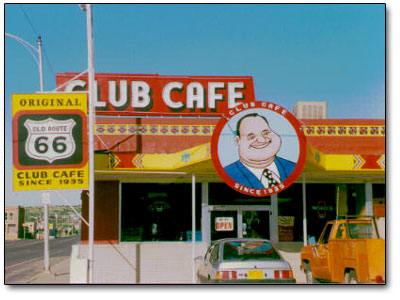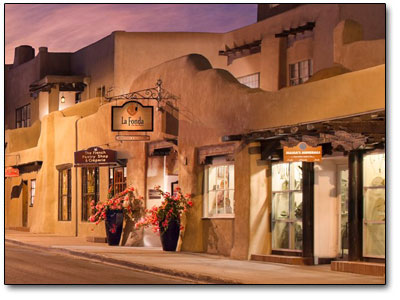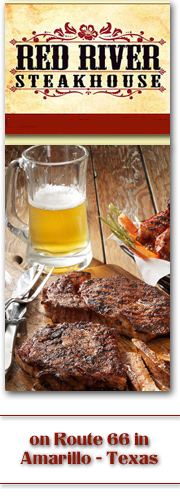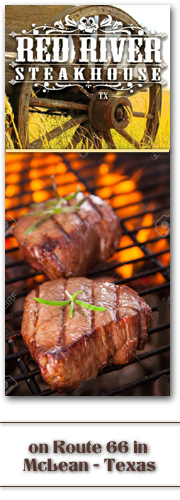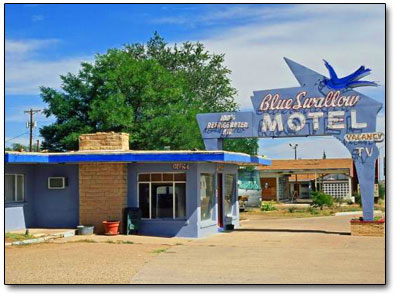
Into the Land of Enchantment, as the state of New Mexico is referred to. If you ever witness the special light of a New Mexico sunset coupled with the hue of the soil and the clear blue skies, you’ll understand why it has earned the nickname. In New Mexico the next town of import encountered is Tucumcari which is a city in and the county seat of Quay County, New Mexico. In 1901 the Rock Island and Pacific Railroad built a construction camp in the western portion of modern-day Quay County. Originally called Ragtown, the camp became known as Six Shooter Siding, due to its numerous gunfights.

